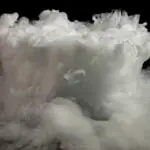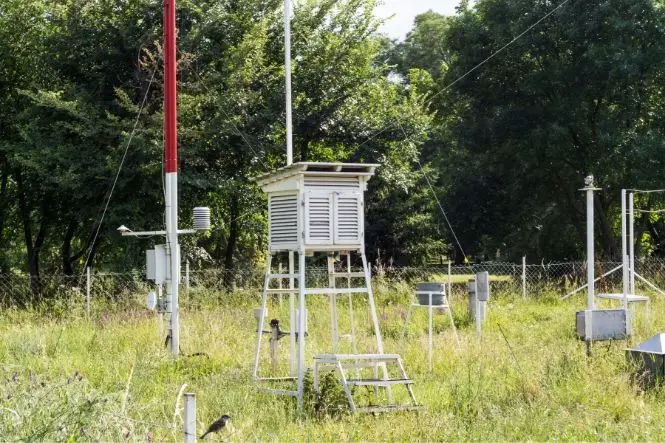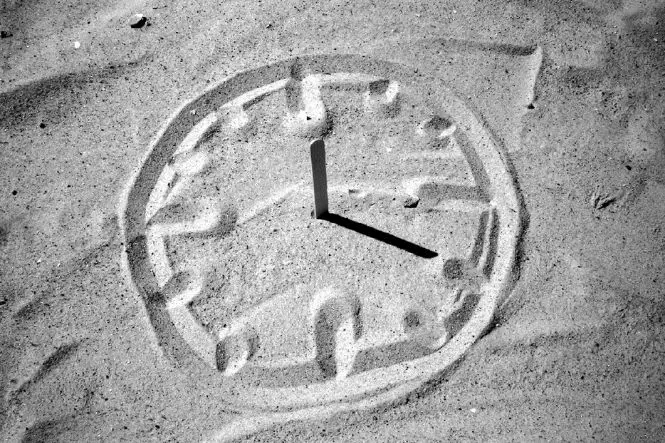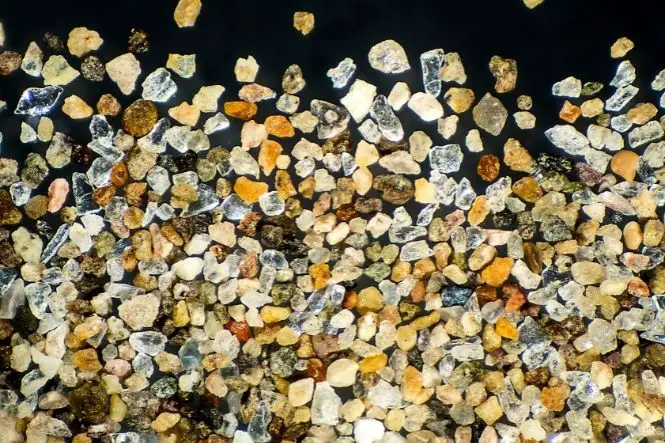Clouds are collections of very small drops of water or particles of ice and they form from water vapour in the air.
Table of Contents
Types of Clouds
According to the World Meteorological Office, there are ten basic cloud types:
Cirrus, cirrocumulus, cirrostratus, altocumulus, altostratus, nimbostratus, cumulus, cumulonimbus, stratocumulus and stratus.
The names describe what they look like and can also describe what the cloud does, too (for example Nimbus means rain bearing):
- Cumulus means ‘a heap’ – clouds are separate, piled-up, fluffy clouds of different sizes
- Stratus means ‘a layer’ – clouds make flat, unbroken sheets, which are often grey
- Cirrus – means a ‘curl of hair’) – clouds are white and wispy.
- Nimbus means ‘rain-bearing’
Some clouds can combine two different types – for example, cirrostratus clouds are sheets made of fine, wispy cloud, and cirrocumulus clouds are small, separate wispy or patchy clouds.
Different clouds are found at different levels in the atmosphere – cirrus, cirrocumulus and cirrostratus are generally high up, cumulonimbus, stratocumulus and stratus are lower down, close to the ground, and altocumulus, altostratus and nimbostratus are in the middle.
Clouds and the Weather
High clouds are mostly made of ice particles. Clouds at the middle levels can be water droplets, ice particles or both, and can cause light rain or snow. Low clouds are generally made of water droplets, but may include some ice particles if it is cold enough.
Some clouds are so large that they reach into more than one level of the atmosphere. Nimbostratus clouds often are low and middle level clouds, and create an unbroken grey layer in the sky and continuous rain. Cumulonimbus clouds are huge, piled-up clouds and can reach cross the high, middle and low levels of the atmosphere. Cumulonimbus clouds can create thunderstorms, including thunder and lightning, heavy rain and hail.
Clouds during the day can lower the air temperature by blocking the sun – however, clouds can also act as insulation and stop heat escaping, especially at night, so make the air feel warmer.
Watching the Clouds
Look at the clouds once or twice a day, and record the date and time, the place, the kinds of clouds, the pressure, the temperature and the weather.
After a month, look at the records – what kinds of weather matches up with what kinds of clouds? Take a look at our article on monitoring the weather and do both simultaneously to help with this. Do different kinds of clouds match up with particular temperatures and pressures?
Continue keeping a record for a year – are particular kinds of clouds more common in the spring, summer, autumn or winter? Are cloudy days warmer or cooler than clear days in the summer? Is it the same during the winter?
Making a Cloud
Put some ice in a small aluminium foil or metal pie dish and wait until the dish is really cold. Put some warm water in the bottom of a tall glass. Put the dish on top of the glass and watch inside the glass – a cloud should form near the top.
Clouds form when warm, moist air rises up into cold air high in the atmosphere. The water vapour condenses into larger water droplets, which form clouds.







